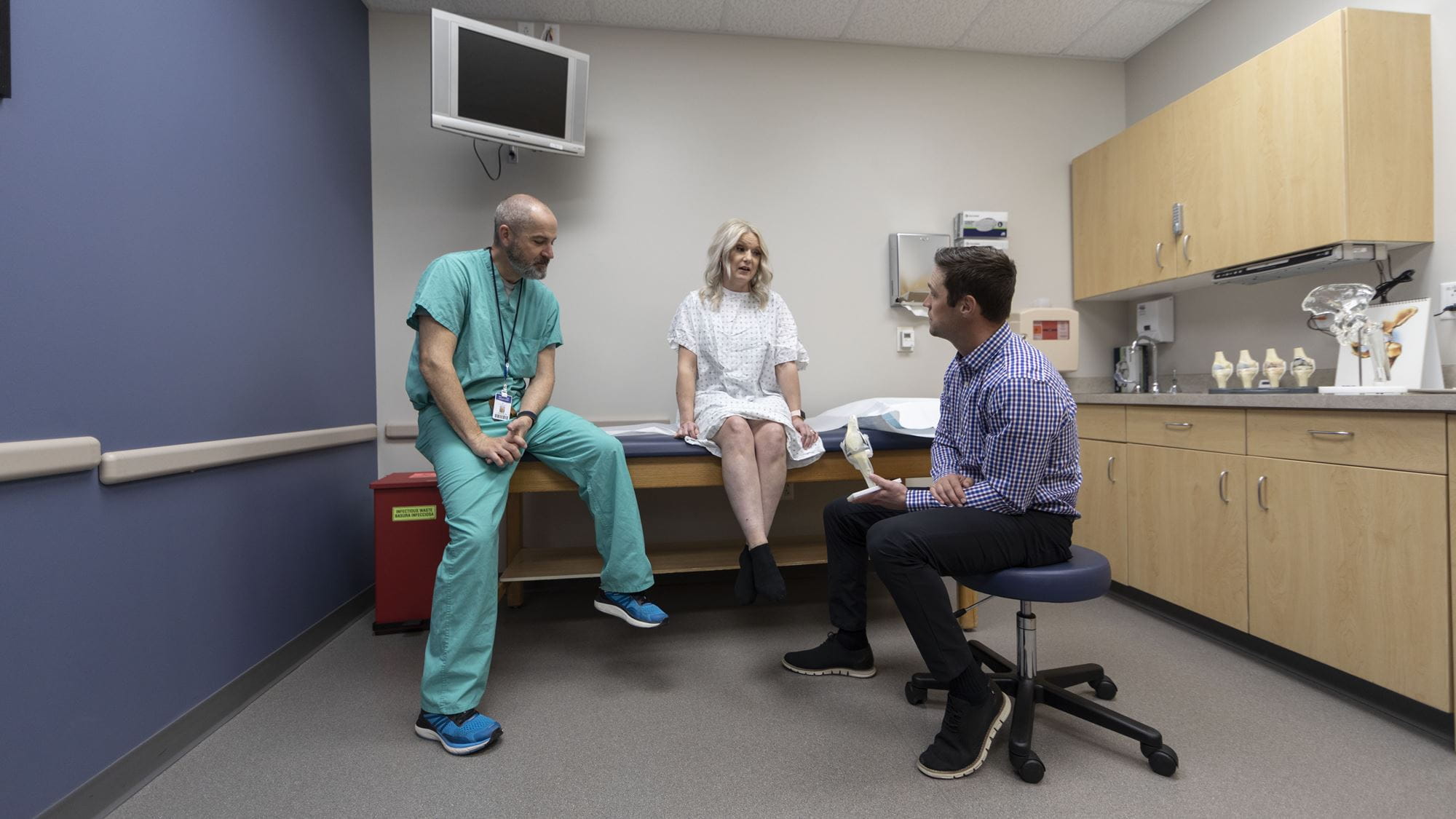What is Raynaud's Disease?
Raynaud’s disease (also known as Raynaud’s syndrome or phenomenon) is a condition that affects your blood vessels. When you are cold or stressed, the arteries in your extremities (fingers, hands, feet, toes) narrow, or constrict. This blood constriction can also affect toes, and less frequently, nose, lips, ears, or nipples.
During an attack, the affected skin usually turns white, then blue. It can feel numb and cold. As the skin warms up and the circulation comes back, the skin can turn red and tingle or throb. After warming, it can take up to 15 minutes for the blood to circulate normally through the area again.
There are two types of Raynaud’s.
- Primary Raynaud’s is also called Raynaud’s disease. It is mild enough that many people don’t need treatment.
- Secondary Raynaud’s is also known as Raynaud’s phenomenon. This form is a condition that happens due to another health issue. It is more complex and serious. Causes of secondary Raynaud’s include:
- Diseases of the arteries
- Autoimmune or connective tissue disease (such as lupus or rheumatoid arthritis)
- Carpal tunnel syndrome
- Injuries to the hands or feet
- Certain medications
- Smoking or use of stimulants
- Repetitive action
- Working with certain chemical
Symptoms
Raynaud’s causes the fingers or toes to lose blood flow temporarily. The skin turns white and blue and can go numb. When the blood flow returns, the skin may turn red and sting or throb.
Symptoms of Raynaud’s can be mild to severe. However, for most people with the disease, symptoms are mild enough that they don’t need to seek treatment.
Causes
Diagnosis and Tests
Treatments & Prevention
Treatments
There are treatments to control or prevent the symptoms, but not the phenomenon. Most people with primary Raynaud’s treat symptoms by keeping their hands and feet warm and dry or by quickly warming up cold-affected areas. People with secondary Raynaud’s may be treated with blood pressure medicines or other medicines that relax blood vessels.
If someone has severe tissue damage, surgery may be used.
Prevention
Raynaud’s can’t be prevented, but you can prevent an attack and treat the symptoms. To reduce the length and severity of your attacks are:
- Avoid air conditioning.
- Avoid tobacco smoke.
- Don’t use stimulants (such as caffeine) or other medicines that makes your symptoms worse.
- Wear gloves when handling cold foods or when going outside in cool temperatures.
- Use warm water or a heating pad to help warm your feet or hands.
- Layer clothing when temperatures are cold.
- Use hand-warming pouches that can be put in pockets, mittens, or shoes.


